Beginner's Guide To Phono Stage Pre-Amps
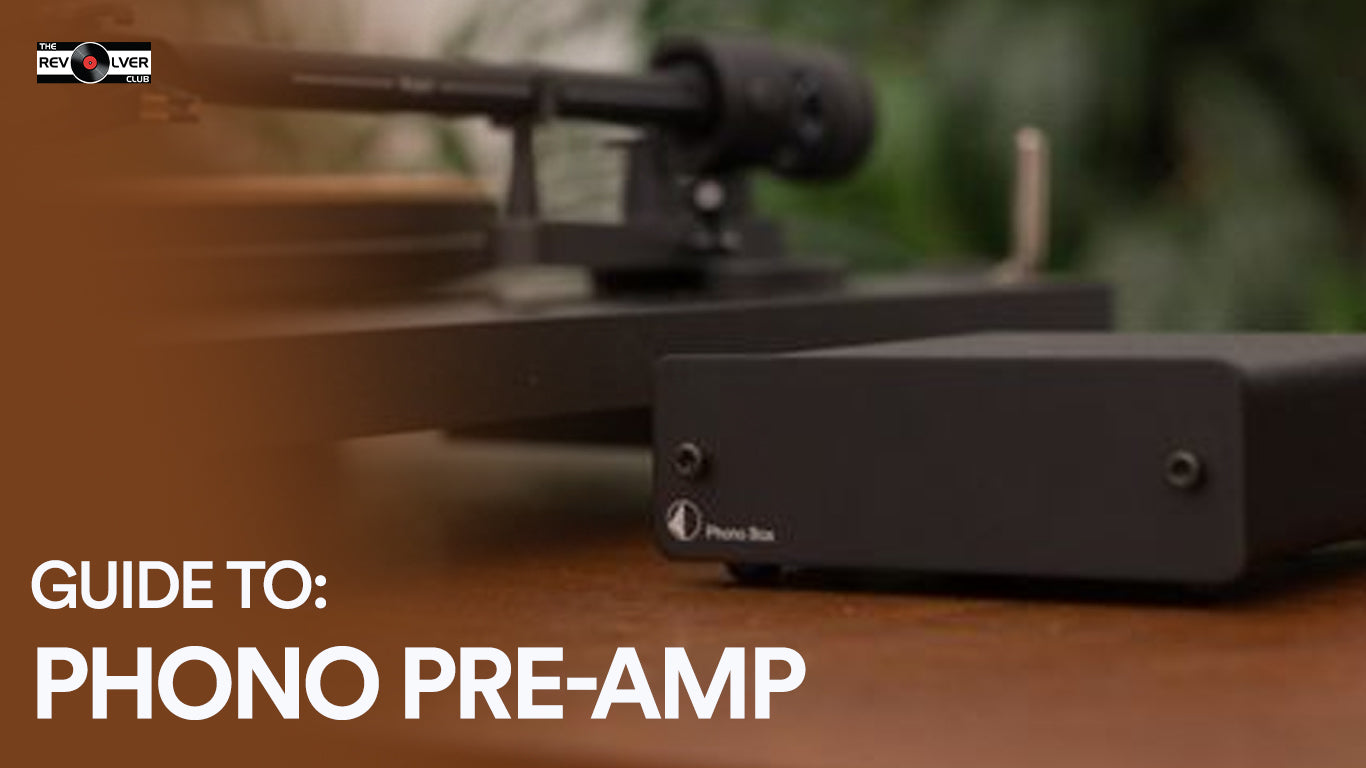
When vinyl records are made, bass frequencies are cut and high frequencies are boosted. A phono preamp restores the bass and reduces the treble.
Reducing low frequencies when records are made reduces groove width, which makes room for more music on each side of an LP. It also reduces stress on the stylus. Reducing the high frequencies on playback tends to reduce noise.

What is Phono Preamp?
A pre-amp or phono stage receives a very weak signal from your turntable and amplifies it to a higher level where an amplifier can take over. You must have a pre-amp if you are playing a turntable setup.
A turntable is connected to the pre-amp with the help of an RCA cable. However, a few turntables are available with an inbuilt pre-amp which can directly be plugged into a pair of active (powered) speakers or a stereo amplifier.
Phono Pre-Amp and Stereo System
Phono preamps come in all kinds of shapes and sizes. In fact, some are even built into components.
While more serious audio enthusiasts typically lean toward having a separate phono preamplifier, how much of a difference it makes will largely depend on the rest of your system.
1. Amplifier with a built-in phono pre-amp:
Some amplifiers or A/V receivers (AVR) have a built-in preamp. These are typically higher end AVRs, 2-channel receivers as well as many vintage amplifiers.
You can look for 2 “clues” to see if they have a built-in preamp. The first clue is that one of the inputs will be labelled “Phono”. The other is you will see an input on the back called a ground terminal.
You can plug any turntable into one of these systems and either use the preamp built into your turntable, or the one in your receiver.
2. Turntable with built-in pre-amp:
Numerous turntables come with built-in pre-amp. This allows you to connect directly from your turntable to a set of powered speakers or passive speakers with a separate A/V Receiver or Amplifier.
No other components are required for you to integrate your turntable into an audio system.
3. External phone pre-amp:
An external pre-amp allows you to connect to any existing audio system whether its a passive speaker system or powered speakers. You can even use an external preamp for many turntables that already have one built-in.
Typically someone would do this if they wanted greater performance from a higher quality preamp than the one that was built-in. The main benefit of an external preamp is the amount of control is gives you over the music you play.
One of the greatest benefits of an external preamp is ease of upgradeability. By having a component system you can over time replace and upgrade each component to a higher performing unit.
4. Powered speakers with built-in pre-amp:
Some powered speakers have a phono preamp built-in as part of their various audio inputs.
This allows you to connect a turntable with no built-in preamp directly into the powered bookshelf speakers with no other components needed.
Phono Pre-Amps & Turntable Cartridges:
There are two categories of phono preamps supporting two basic categories of cartridges that go on your turntable:
- Moving Magnet (MM)
- Moving Coil (MC).
Most turntables that come with the phono cartridge have a moving magnet (MM) type. A moving coil type has less output than the MM type, so it needs even more amplification.
If you upgraded your turntable’s cartridge, you may have gone with a moving coil design and will need a phono preamp capable of this extra boost.
The good news is, just about every single phono stage on the market that can handle a MC cartridge can also work with an MM cartridge.
You will usually see a little switch to change between the two. If you were to connect a MC cartridge to an MM phono stage, the sound would be ok, but probably not loud enough.
However, if you connect an MM cartridge to a MC phono input, the sound will probably be distorted.
Types of Phono Pre-Amps

Solid State phono pre-amp is by far the most common type of pre-amp. One of the main draws of solid state preamps is that they can be custom designed to get incredibly specific.
Since they introduce modern electrical components, high-end solid-state preamps can boast incredible sound quality and robustness.

Tubular Pre-Amps use analogue tubes/valves, which makes them more "old school" and some people believe this gives them a warmer sound.
Of course, solid-state preamps can deliver the same sound quality. It just depends on the preamp.
Tubular preamps usually cost more than solid state (until you get to the high-end equipment) but they can be a great choice for those that want to keep their system old-school.
That being said, the bang-for-your-buck lies with solid-state.
Final Thoughts
Make sure you choose a preamp that gives you the level of control that you need. Some preamps aren't going to adjust your output level to where you want it, and some aren't even going to let you switch equalizations.
As a general rule of thumb, more expensive preamps sound better. So, if you spent £2,000 on a turntable, you'll want a preamp that lets you make the most of that turntable's sound quality.
If you go out and buy a cheap preamp, you'll end up missing out on all of that rich sound you just paid to have.
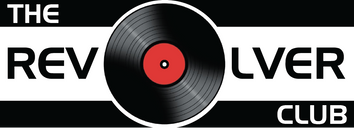
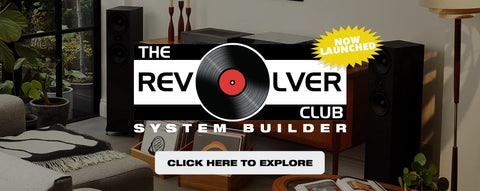
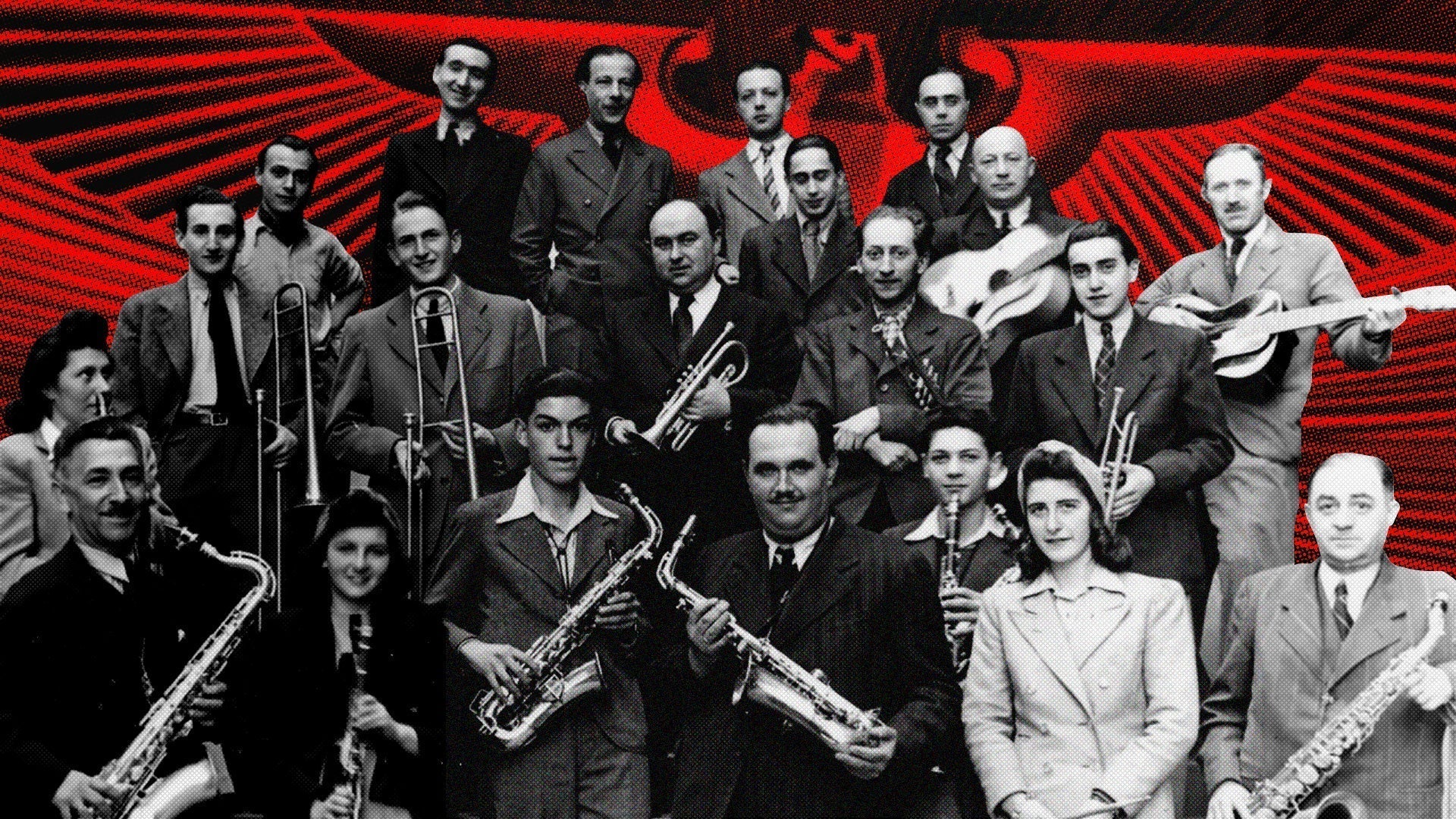

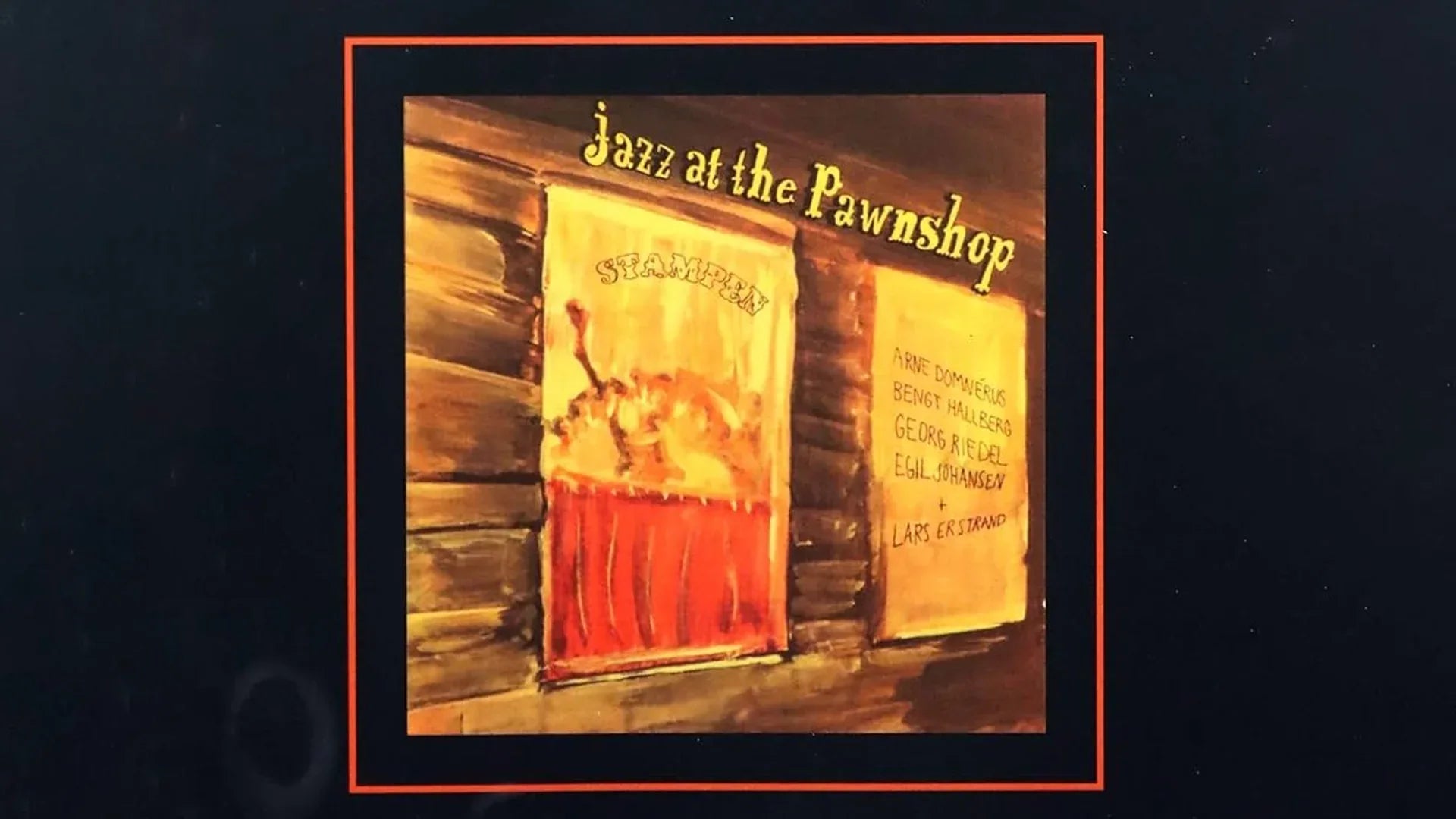


Comments